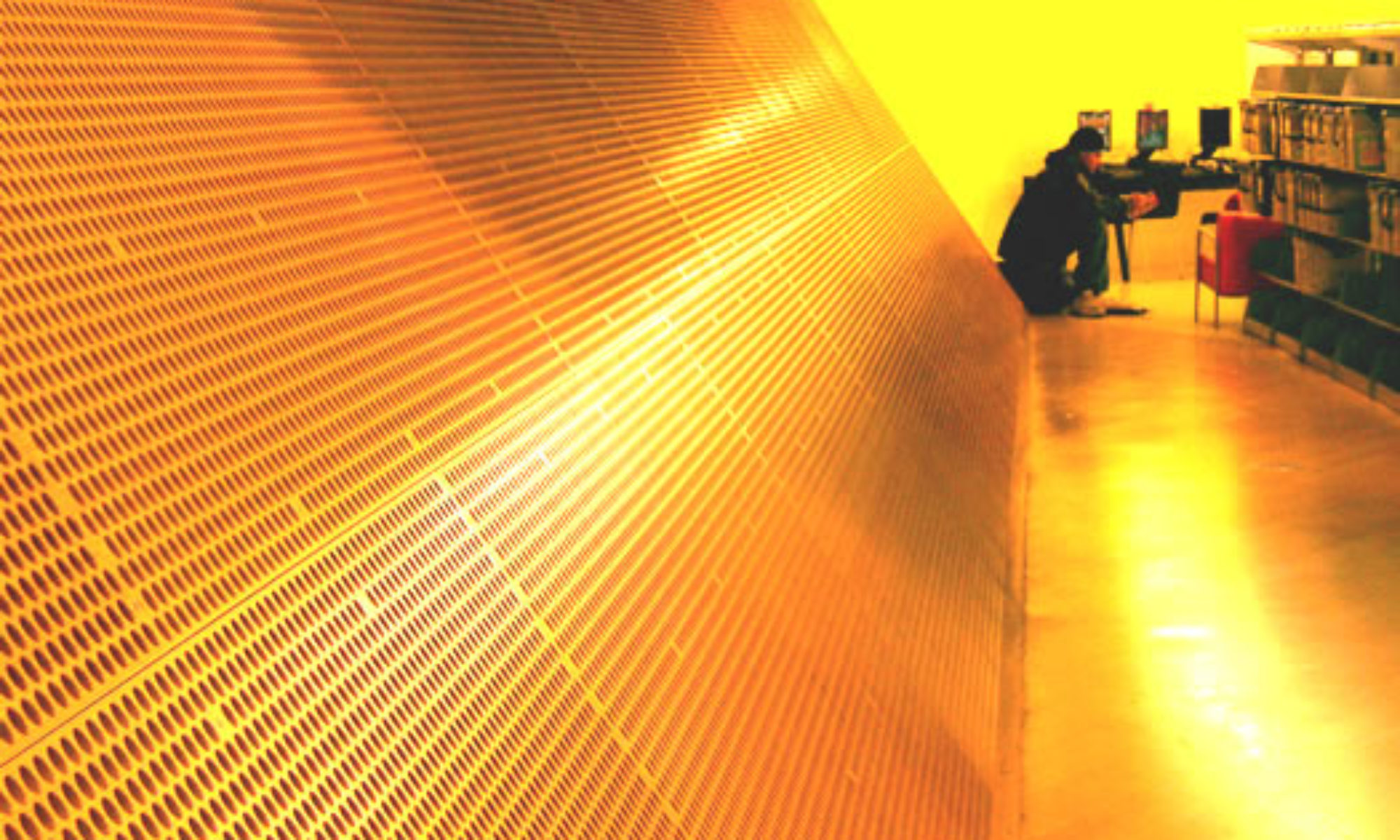Notes from SunGardHE Summit (Monday, April 14)
A session with Michael Wesch, cultural anthropologist and creator of the YouTube popular Web 2.0 The machine is Us/ing Us, on how technology and the web impact us. His basic tenet is that instead of preparing our students to enter the world, we need to prepare students to create the world.
In today’s world we see user-generated content, filtering, organization, distribution, commentary, and ratings.
It would be interesting to see a video of the communication path in today’s world, based upon Michael’s diagram of flow, from YouTube, Flickr, Del.icio.us and from creation tools to sharing and rating tools and to feeds and information distribution sources.
“We shape our tools, thereafter our tools shape us.” Marshall McLuhan
Wesch puts web time in perspective… 12k year timescale, 11k years ago the first farmers: sedentary, more division of labor, cities possible, 25 minutes ago first towns, 15 minutes ago alphabet, 3 minutes ago the printing press, 1 minute ago industrial revolution, 51 seconds ago telegraph, 41 seconds ago telephone, 5 seconds ago the web.
Yesterday, information treated like a commodity like a locations on a desktop or in a library — foldered away. Yahoo! starts and continues this. Blogger late 90s, anyone can create content. Content now everywhere and organized by everyone. Tools now allow content organized by readers, as they wish and trashing the folder paradigm.
Wikipedia and the web make use of “discussion creating authority.” RSS allows information can find us.
“Nobody is as smart as everybody” Kevin?
Stepping through the scenario…
“Create learning environments that realize and leverage the merging media environment using a re-defined portal to address the problem with education.”
“A platform for participation that allow students to realize and leverage the merging media environment using a re-defined portal to address the problem with education.”
Check out his portal at netvibes.com/wesch.
- Students collaborate on class notes, noting what is important to them.
- Study together (the more you contribute, the bigger your face is).
- Share discoveries (Diigo shared links).
- Assess each other (work harder for each other, than for instructor).
YouTube: A Vision of Students Today collaboratively scripted by Michael Wesch’s classroom of 200 students.
kaltura.com — collaborative video
